

Planting Zones by Zipcode: A Comprehensive Guide to Gardening Success
Introduction
Planting zones are crucial for successful gardening. They guide you in selecting plants suited for your climate. Using zip codes, you can easily identify your specific planting zone. This post will explore the USDA Plant Hardiness Zone Map and how it influences your plant choices.And what’s a gardener without the right tools? To make your gardening experience even better, consider investing in a Garden Kneeler and Seat. This nifty tool will save your knees while you dig, plant, and weed, making you feel like a gardening superhero!
Summary and Overview
Planting zones, also called hardiness zones, categorize regions based on climate and temperature. These zones are determined by analyzing average annual minimum winter temperatures. The USDA Plant Hardiness Zone Map serves as a key resource for gardeners. It helps you understand which plants are likely to thrive in your area. Understanding your planting zone is essential for selecting appropriate plants. It informs you about planting times and seasonal gardening strategies. Using zip codes simplifies the process of identifying your specific planting zone, making it easier to choose the right plants for your garden.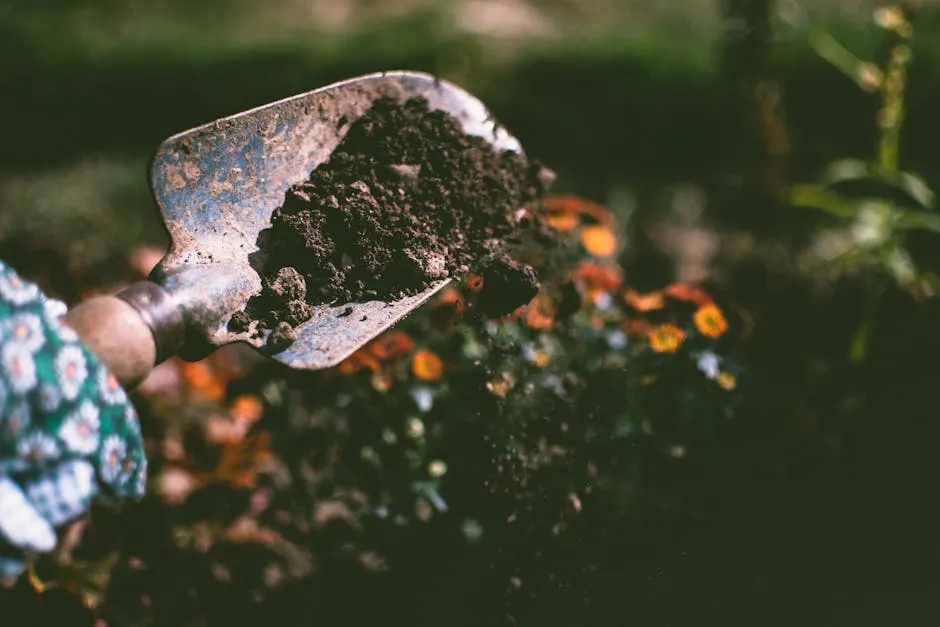
For a comprehensive understanding, check out this guide on planting zones.
Understanding Planting Zones
What Are Planting Zones?
Planting zones, or hardiness zones, indicate the best plants for your climate. The USDA has categorized the U.S. into 13 zones, ranging from 1 to 13. Each zone reflects a specific temperature range, based on average annual minimum winter temperatures. For instance, Zone 1 experiences extreme cold, with temperatures below -60°F. In contrast, Zone 13 enjoys milder winters, with temperatures above 60°F. Understanding these zones helps you select plants that thrive in your environment, ensuring a successful garden.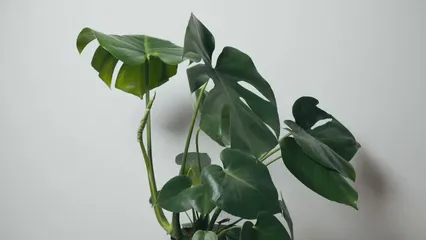
| Zone | Temperature Range (°F) |
|---|---|
| 1 | Below -60 |
| 2 | -60 to -50 |
| 3 | -50 to -40 |
| 4 | -40 to -30 |
| 5 | -30 to -20 |
| 6 | -20 to -10 |
| 7 | -10 to 0 |
| 8 | 0 to 10 |
| 9 | 10 to 20 |
| 10 | 20 to 30 |
| 11 | 30 to 40 |
| 12 | 40 to 50 |
| 13 | Above 50 |
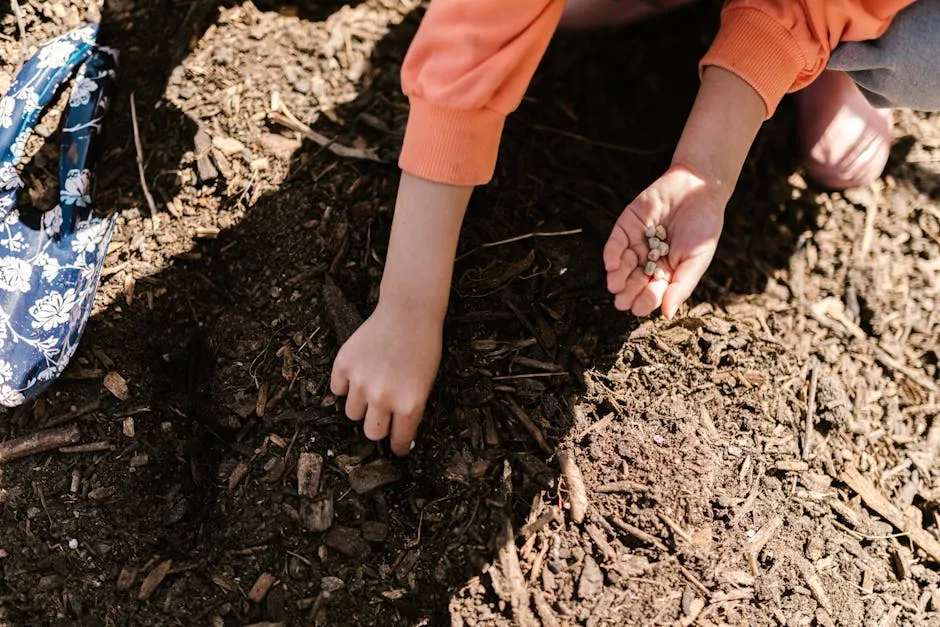
Learn how to find your specific planting zone using your zip code.
How to Find Your Planting Zone by Zipcode
Step-by-Step Guide
Finding your planting zone by zip code is simple. Start by visiting the USDA Plant Hardiness Map. This interactive tool allows you to enter your zip code for quick results. In fact, millions of gardeners use their zip codes to identify planting zones. To navigate the USDA map:- Go to the USDA Plant Hardiness Map website.
- Enter your zip code in the search box.
- Click “Search” to view your zone.

And once you’ve figured out your zone, don’t forget to test your soil! A reliable Soil Test Kit can help you understand what nutrients your garden may be lacking. After all, you can’t grow a thriving garden on wishful thinking alone!
Why Planting Zones Matter
Importance of Knowing Your Zone
Understanding your planting zone is essential for gardening success. It helps you choose the right plants that can survive in your local climate. According to studies, gardens that align with the appropriate hardiness zone see a significant increase in plant survival rates—up to 30% more successful compared to misaligned choices. Planting zones also dictate the best times for planting. Knowing your zone can inform when to sow seeds or transplant seedlings. For example, if you’re in a colder zone, you may have a shorter growing season. This knowledge allows you to plan your gardening strategy effectively. Additionally, your zone influences the types of plants that will thrive in your garden. Different zones cater to specific plant species, ensuring they grow healthy and robust. So, before you dig in, check your planting zone. It’s the first step toward a flourishing garden!
Want to make your gardening journey even more enjoyable? Get yourself a pair of Gardening Gloves. They’ll protect your hands from dirt and thorns while giving you that professional gardener look!
For tips on selecting the right plants, refer to this article about low-maintenance plants for drought-tolerant landscaping in hot climates.
Factors Affecting Plant Growth Beyond Zones
Additional Considerations
While planting zones are crucial, other factors significantly influence plant growth. Soil quality is one of the most important. Healthy soil with good drainage and rich nutrients can enhance plant vitality. In fact, soil tests reveal that nearly 40% of gardeners face challenges due to poor soil conditions. Sunlight exposure plays a vital role too. Some plants require full sun, while others thrive in shade. Understanding your garden’s light conditions helps you make informed choices.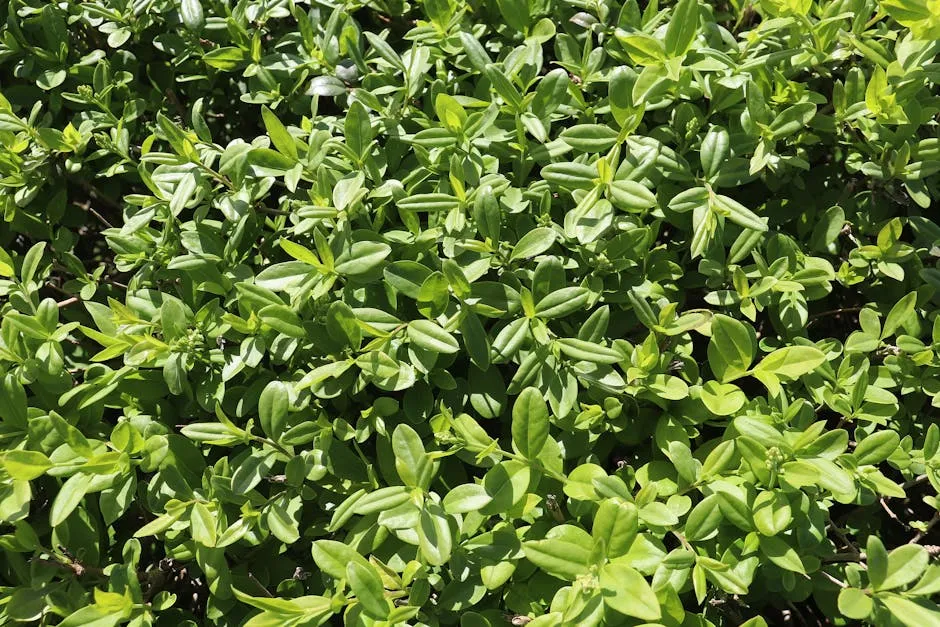
If you’re looking to keep pests at bay, a Pest Control Spray is a must-have. It will help protect your precious plants from unwanted guests.
Tips for Gardening Based on Your Planting Zone
Zone-Specific Recommendations
Choosing the right plants is key to gardening success. Start by understanding your planting zone. For instance, Zone 5 is perfect for popular options like peonies and daylilies. These perennials thrive in this climate and require minimal care. In warmer zones, like Zone 8, consider planting hibiscus and citrus trees. These plants enjoy the heat and can bring vibrant color and fruit to your garden. Always check the specific care requirements. For example, hibiscus needs full sun and regular watering, while citrus trees thrive with well-drained soil.
To make your gardening tasks easier, a Gardening Tools Set can be a game-changer. Equipped with everything from trowels to pruners, you’ll be ready for any gardening challenge that comes your way!
For more information on growing specific plants, see this guide on how to grow citrus trees in containers.
Gardening Techniques to Maximize Success
Innovative Gardening Methods
Using effective gardening techniques can greatly improve your results. One popular method is raised bed gardening. This technique enhances soil drainage and warms the soil quicker in spring. It’s especially beneficial in colder zones. Container gardening is another great option. This method allows flexibility with placement, making it easier to control conditions like sunlight and moisture. In fact, studies show that container gardening can extend the growing season by several weeks.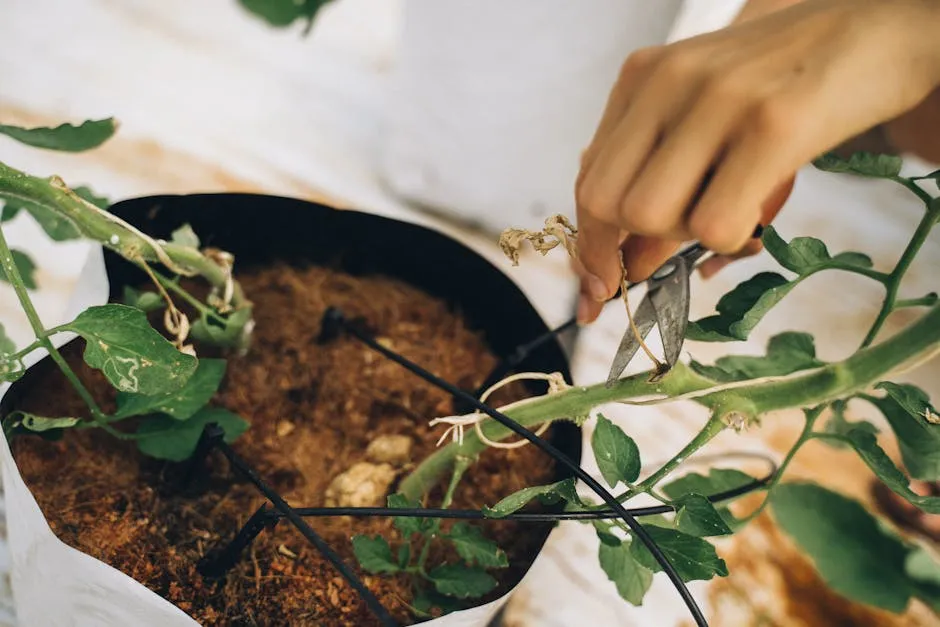
And while you’re at it, why not explore vertical gardening? A Vertical Garden Planter can help you maximize space while adding a stunning visual to your garden. It’s like giving your plants a penthouse suite!
For innovative ideas, check out this post on container gardening ideas for small spaces.
Conclusion
Understanding planting zones is vital for gardening success. They guide you in selecting plants that thrive in your specific climate. Knowing your zone ensures that your plants can survive local temperatures and conditions. Utilize available resources to discover your planting zone using your zip code. Tools like the USDA Plant Hardiness Zone Map make this process simple. By making informed decisions about plant selection, you set yourself up for a flourishing garden.
FAQs
How do I find my planting zone by zip code?
Finding your planting zone is straightforward. Use the USDA Plant Hardiness Map, which allows you to enter your zip code. This interactive tool instantly gives you your zone. Many gardening websites also offer similar services. Just type in your zip code, and you’ll see your planting zone.
What is the significance of planting zones in gardening?
Planting zones are crucial because they indicate the plants most likely to survive in your area. Each zone corresponds to specific temperature ranges. This helps you choose plants suited for your climate, ensuring better growth and longevity.
Can microclimates affect my gardening zone?
Yes, microclimates can impact your gardening zone. Local conditions like shade, elevation, and proximity to buildings can create variations in temperature. These factors may allow certain plants to thrive even if they are not typically suited for your broader zone.
What plants are best for my specific planting zone?
Choosing plants for your zone is essential. For instance, in Zone 5, consider perennials like peonies and daylilies. In warmer zones, like Zone 8, hibiscus and citrus trees flourish. Each zone has specific plants that thrive, so check local recommendations for best results.
How often do planting zones change?
Planting zones can change due to climate shifts, urban development, or environmental factors. The USDA updates the Plant Hardiness Zone Map periodically to reflect these changes. Staying informed helps you adapt your gardening strategies accordingly.
What resources can help me determine my planting zone?
Several resources can help you find your planting zone. The USDA Plant Hardiness Zone Map is a primary tool. Additionally, gardening websites and local agricultural extensions provide valuable information. These resources make it easy to assess your gardening conditions.
Please let us know what you think about our content by leaving a comment down below!
Thank you for reading till here 🙂
All images from Pexels



